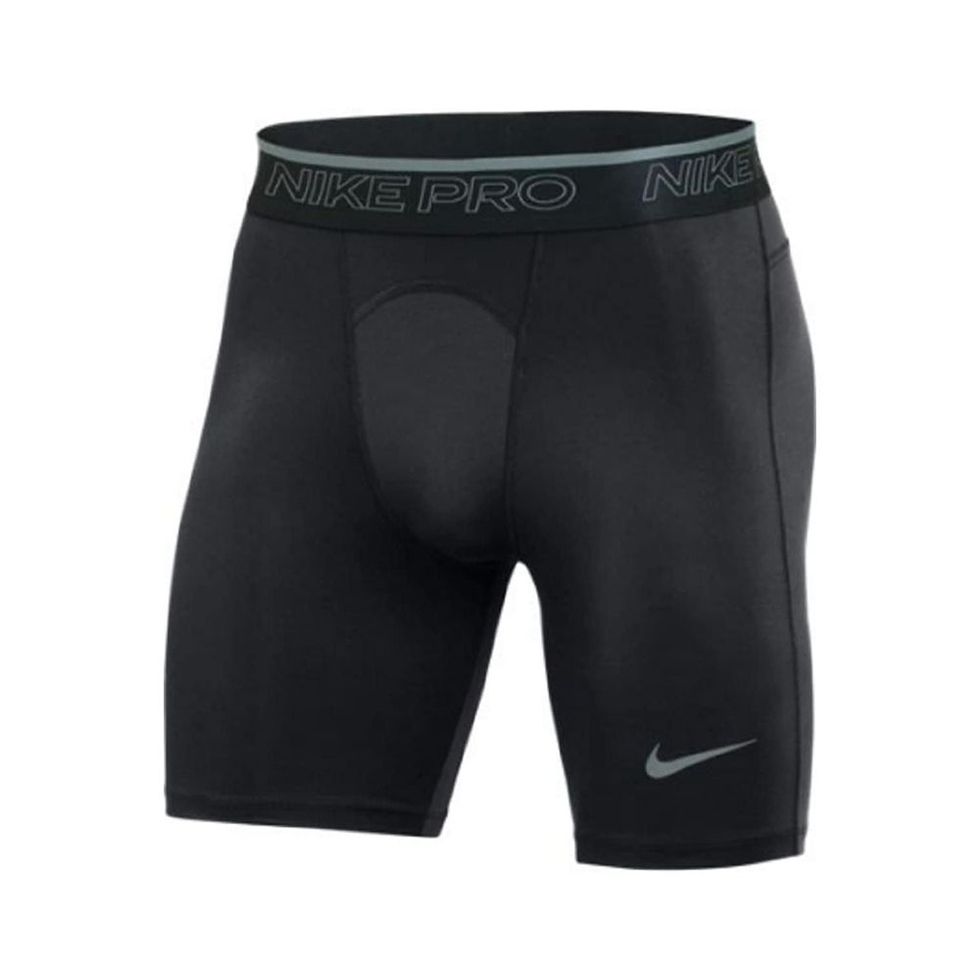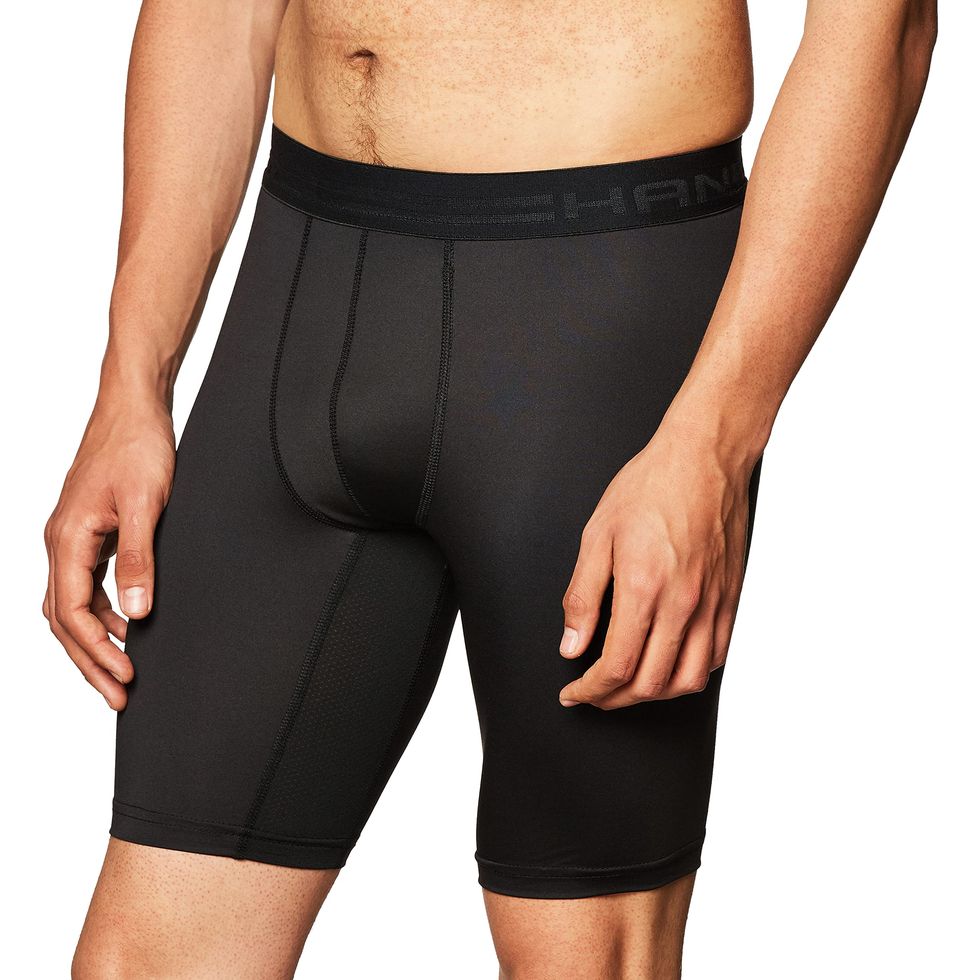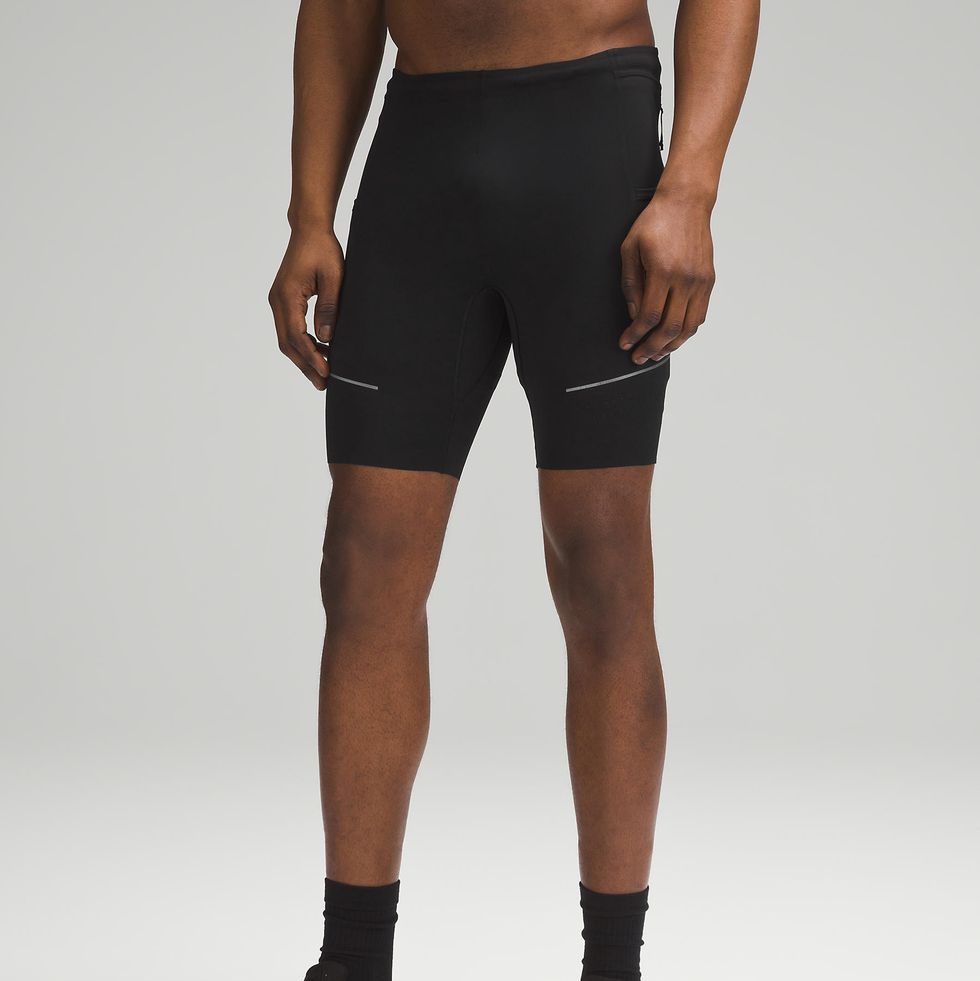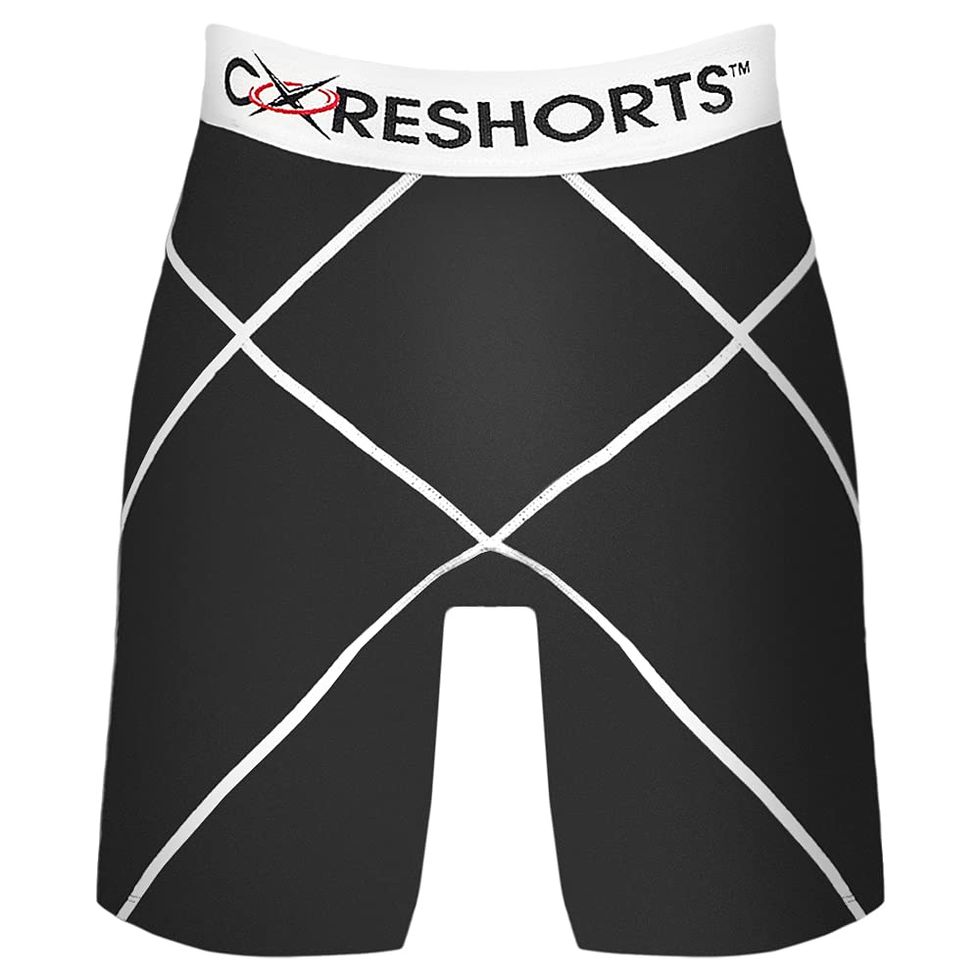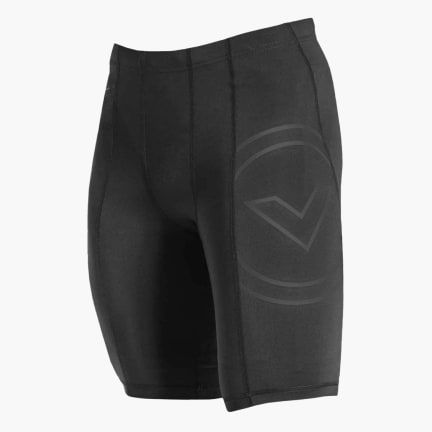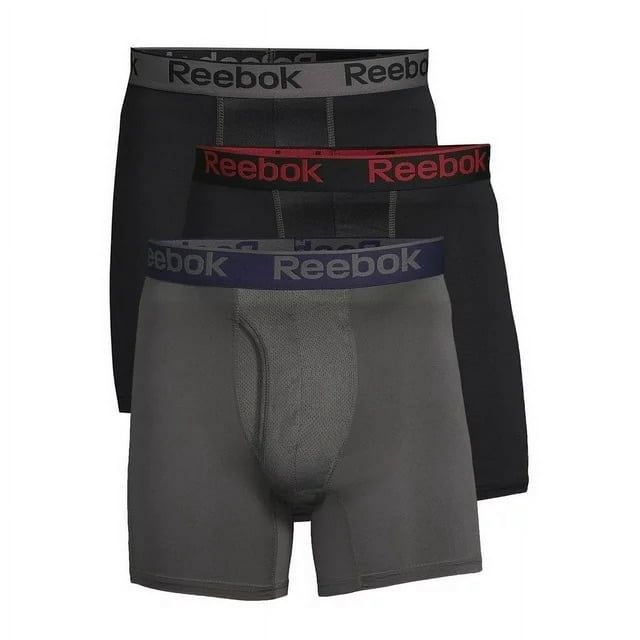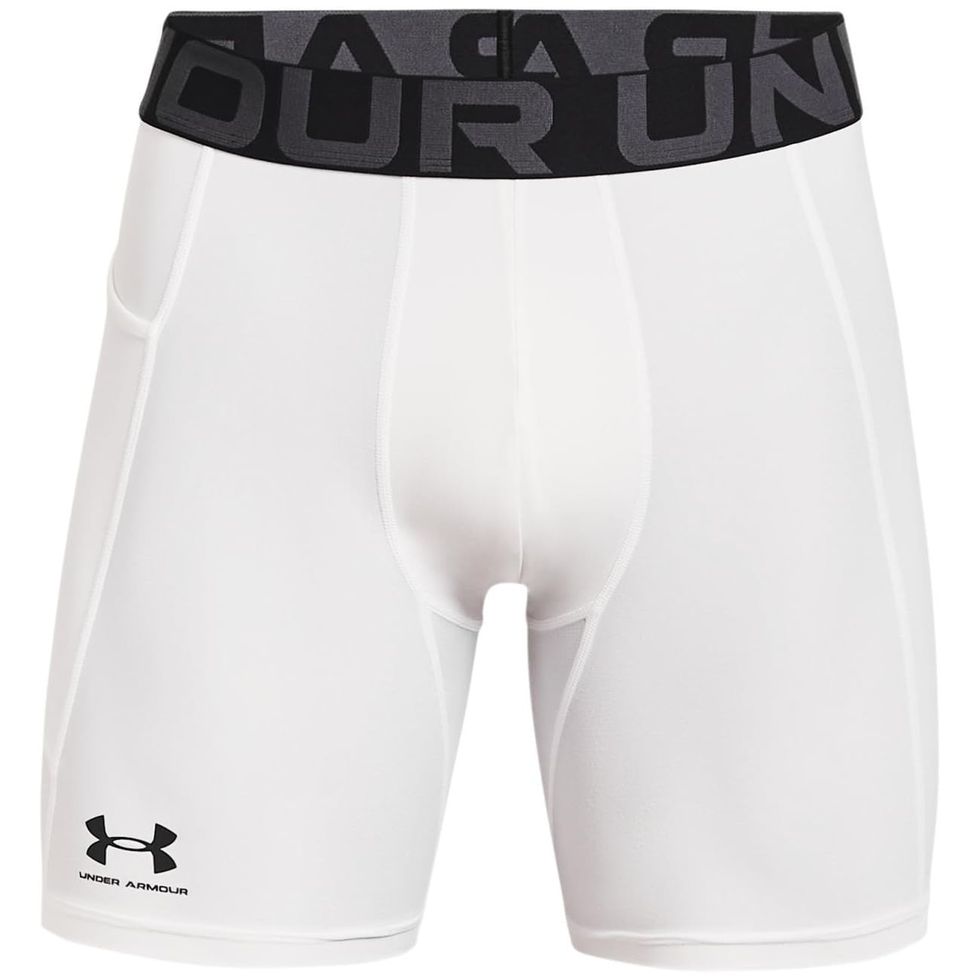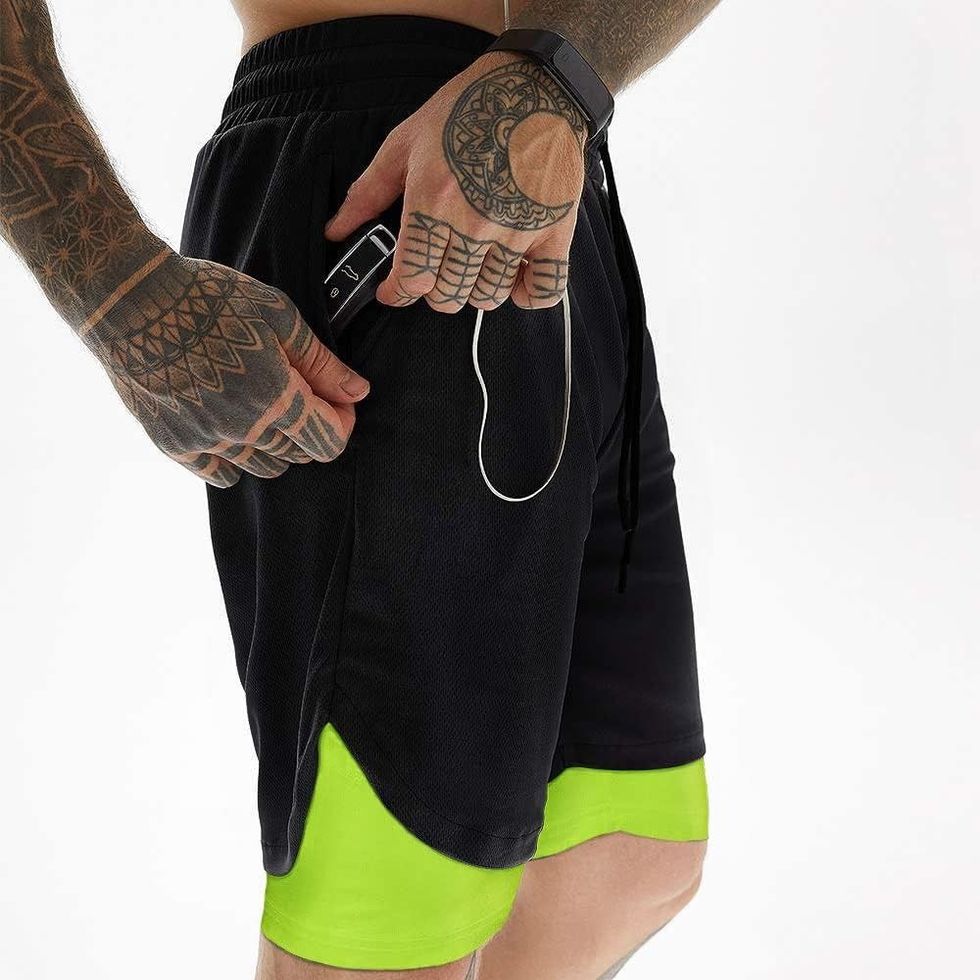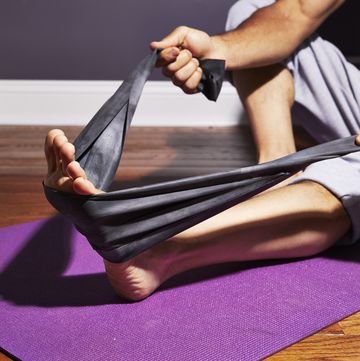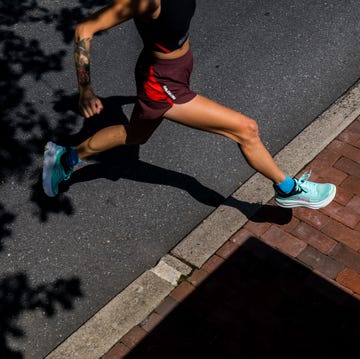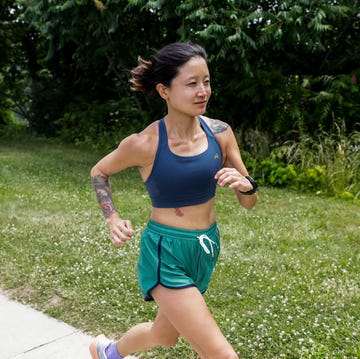The 8 Best Compression Shorts for Men Who Run, Do CrossFit, and Train in the Gym
These shorts boost comfort and performance.
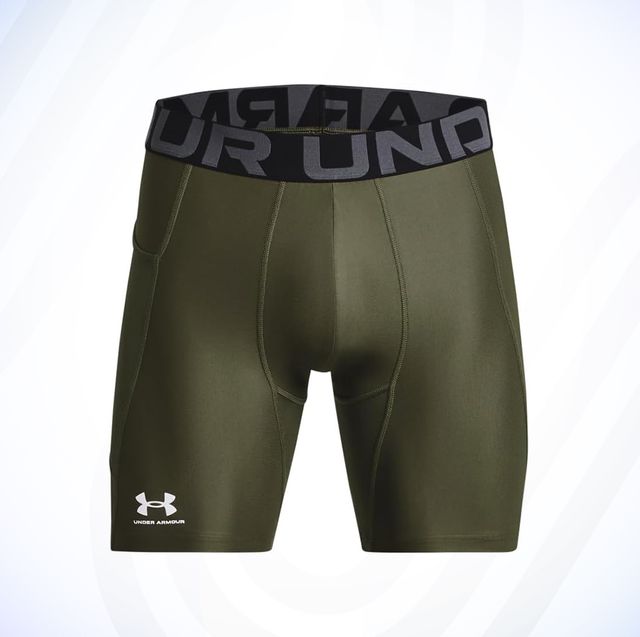
We earn a commission for products purchased through some links in this article. Why Trust Us?
A pair of well-fitted compression shorts not only provides runners with snug comfort and less chafing—they can actually improve your performance. Studies have shown that compression apparel can help reduce inflammation, ward off fatigue by combatting muscle vibration, and bolster blood flow to improve endurance. All that improved blood flow and diminished inflammation also helps recovery after a run.
Compression shorts are definitely worth adding to your kit, but how do you go about finding a good pair? We’ve taken the guesswork out of the search by rounding up the best compression shorts for men.
The Best Compression Shorts for Men
- Best Overall: Nike Pro Training Compression Shorts
- Best Budget: Hanes Sport Performance Compression Short
- Best With Pockets: Under Armour Men’s HeatGear Compression Shorts
- Best Upgrade: lululemon Fast and Free Half Tight Compression Shorts
- Best 2-in-1: JWJ Men’s 2-in-1 Workout Compression Shorts
What to Consider
Material
Most compression shorts are made with synthetics like polyester, nylon, elastane, or spandex. The stretchier the fabric, the comfier it wears, though too much stretch can make the shorts less effective on the compression front.
It’s normal for compression to feel more tight-fitting at first, then looser as you wear it out. While compression comfort is subjective, it shouldn’t cut off circulation. If the legs of your shorts feel more like tourniquets than firm pressure, their compression level is too tight for you.
Synthetics offer additional performance benefits for runners. They’re lightweight and better at wicking moisture and regulating temperature than, say, cotton or viscose.
Liner
Runners prefer to wear compression shorts as liners beneath a standard pair of running shorts to provide the support and benefits of compression and the more modest covering of a looser layer. While most compression shorts can be worn as a liner, some are specifically intended for it.
Length
Men’s compression shorts come in 5-, 7-, and 9-inch inseam lengths. Shorter pairs are great for the glutes and hips, while longer pairs offer thigh compression and tend to stay put while running. No length is inherently better, and which is right depends on your body and comfort level.
Band Grip
Compression shorts have gripping bands at the waist and legs to keep them from shifting while running. This usually means elastic or drawstring bands at the waist, while silicone pads are placed at the hems to prevent them from riding up. Some runners prefer no grip at all. If you’re allergic to silicone, avoid these grips and look for elastic or gripless.
Pockets
Most barebones compression shorts don’t have pockets. If you have no other means of carrying your phone, keys, or cards, look for shorts that integrate pockets. This can mean a pair of normal pockets at the hips, or a hidden drop pocket typically located at the rear waistband. One added benefit of holding items in compression pockets is that they don’t bounce around as much as with looser shorts.
How We Selected
As a lifelong runner, I’ve run in all apparel—including compression shorts—and I know from firsthand experience what to wear and avoid. While researching the recommendations below, I’ve tested scores of wide-ranging compression shorts of every brand, form, and price, and I’ve compared my findings against those of both expert reviewers and real-world buyers on Amazon.
A solid pair of compression shorts must allow for firm support without constriction. They should be made of synthetics for both pliable stretch and fabric integrity, but most importantly, they should be comfortable and won't require constant tugging at the leg. Our picks fit the bill. Run assured, these are the best compression shorts for men.
Nick Hilden is a writer, globetrotter, and jack-of-many-talents who has written gear reviews for the likes of Runner’s World, Popular Science, Men’s Health, Thrillist, the Daily Beast, the Los Angeles Times, Greatist, and the Manual, and his lifestyle, culture, and tech writing has also appeared in Scientific American, Afar, Salon, Vice, Healthline, and many others. Before entering journalism some 15 years ago, he worked as a bartender, brewery manager, sound engineer, recording and touring musician, cook, teacher, and in a variety of other trades. These days, he lives all over the world, performs music sporadically, and spends a lot of time thinking how to best improve his Honda Element conversion.

Readers Also Read

The Best Running Shoes of 2025

Saucony Releases Its Fall Marathons Collection

The Best Comfy Walking Shoes for Wearing Every Day
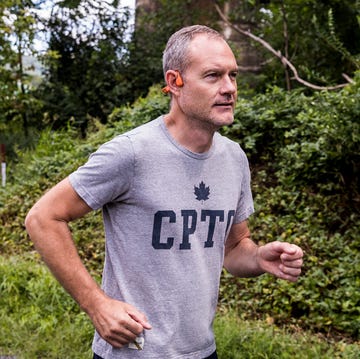
The 8 Best Running Headphones in 2025

